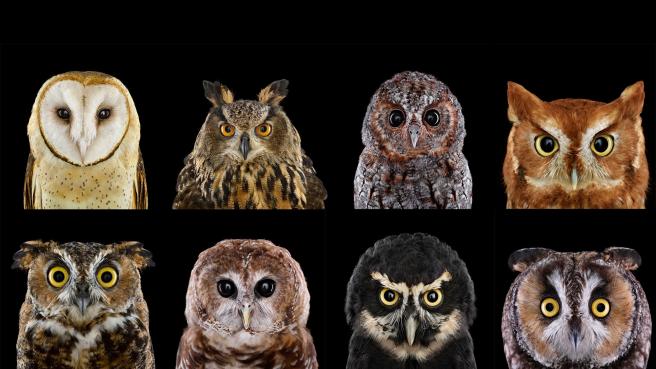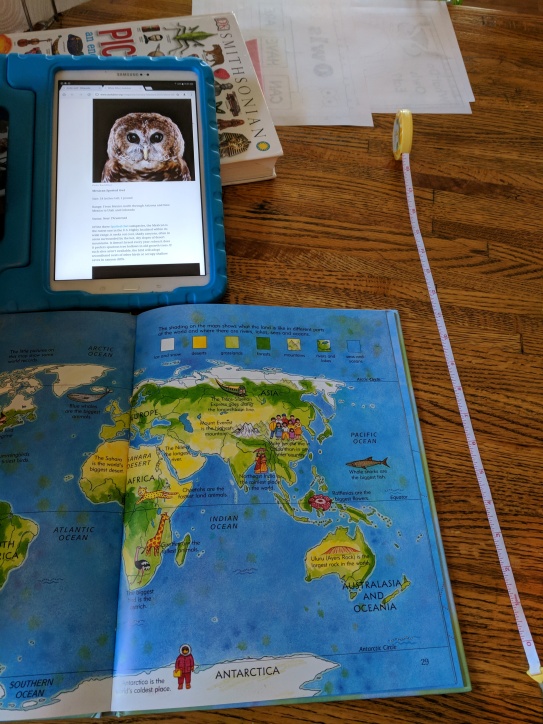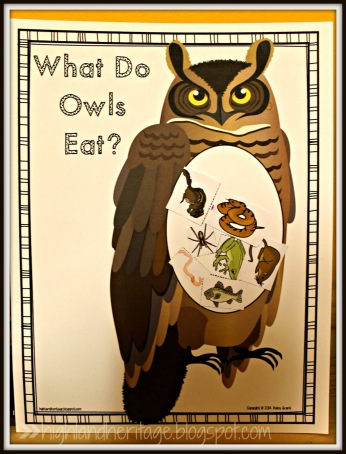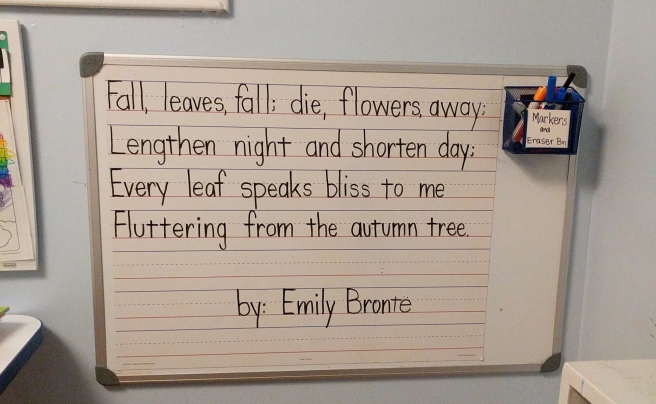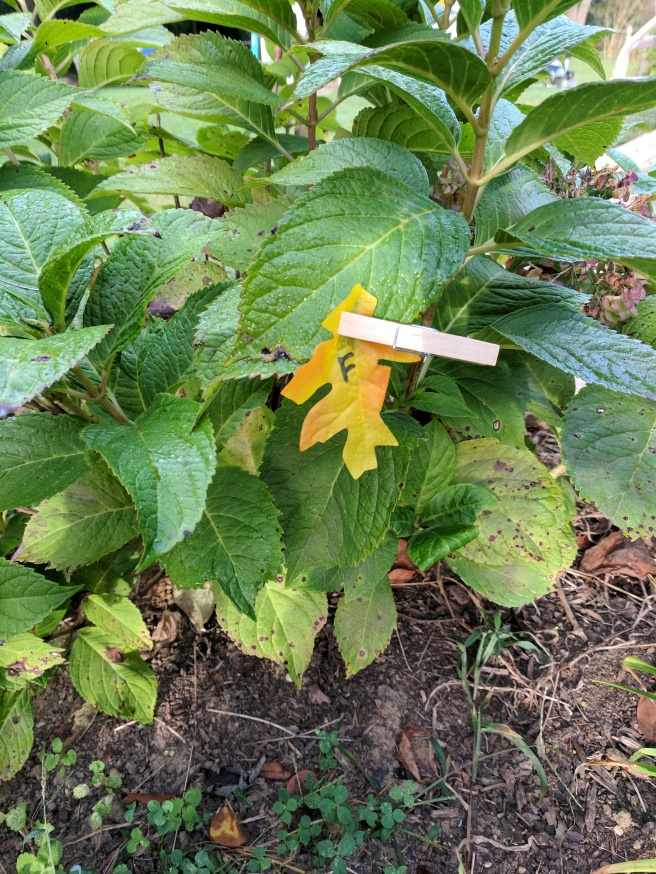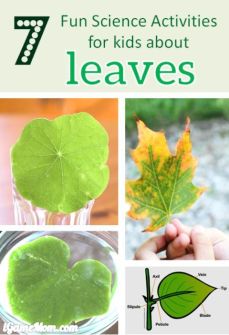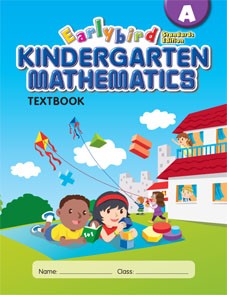After almost a month-long break for the holidays, Preschool Rascals were back with a special kind of energy. This was one of those days I’ll be chalking up to working on social skills and having fun instead of meeting academic goals– and that’s totally ok because these kids are just three and their job is to play and have fun!
* Today’s Pro Tip: one marshmallow per kid.
We started the day with a rousing rendition of our typical ABCs & instruments, then moved right into our theme story.

Abracadabra, it’s Spring! is a super interactive book, with flip pages revealing the changes occuring in Spring. Each Rascal had a turn saying the magic word and opening the page to reveal the beautiful illustration. There are lots of counting opportunities to be had within the illustrations and the colors are vibrant and inviting.
Next, we sang a months-of-the-year song, which, admittedly, went awry when I tried to add in some lap-tapping to the beat. Oh well, they all did absorb that at least there are some months. Names of months are arbitrary anyway, right?
To get bodies moving, we attempted to play hopscotch using the months of the year as blocks. I color coded the months according to season for some visual clues. It was game over when I said we’d be using marshmallows as our stones. They had zero interest in anything else but delicious treats and only just humored me by hopping haphazardly down the game so they could eat their treat at the end. But! They did get some wiggles out and worked on body coordination and movement planning. I’ll do hopscotch again when we can be outside and use an inedible pebble.
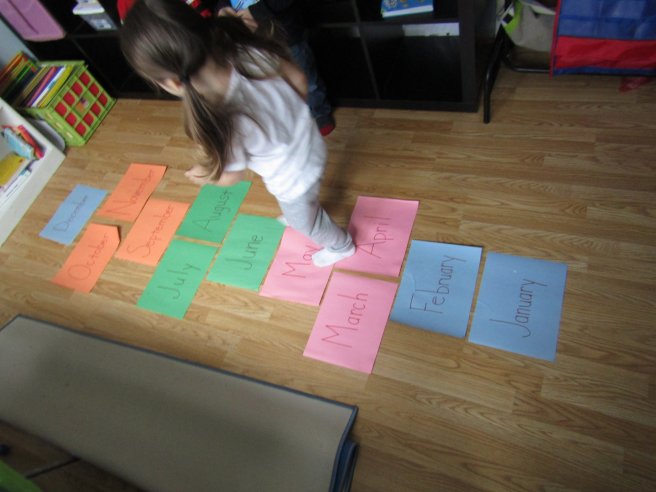
Next we studied the seasons pictures in the Our World (a My First Reference book by Usborne) book and talked about the differences in each season. I found some really great season cards over at Planting Peas and we used finger paints and puffy “snow” paint to make the trees seasonally appropriate. The Rascals love to paint and get messy, and we haven’t done a really messy project in a while, so this was a great way to get their hands dirty. We talked about the weather in each season, the order of the seasons and what animals do in each season. Then I laminated the cards when they’d dried a bit for the kids to take home.


After they’d finished their cards, we moved back to the school room again and things went a little bonkers. First, I passed out marshmallow shooters I’d made from a plastic cup and a balloon. We talked about the safety rules (don’t point at people/faces) and then discussed force. The more you pull on the balloon, the harder the force on the marshmallow and the farther it will shoot. If you only give a little tug, it won’t put much force on the marshmallow and it may not even come out of the cup. Then, each kid got a marshmallow and went to town experimenting with how far they could shoot the marshmallow “snowballs.” They got pretty good! The giggles were plentiful while we played with these. Also, masses of marshmallows were consumed. Masses.

Our next marshmallow physics activity involved levers and fulcrums. I made spoon catapults, with the spoons attached at varying lengths. (I had made these before, but there are some good instructions here) This activity was a little trickier to master for some because it involved a little restraint. Eventually, most got some really good launches. My intention was to measure the distance of launches, but I think I’ll hold off until we can make an outdoor catapult. More masses of marshmallows were consumed.

Finally, we broke out the new light tablet! We explored bug x-rays and translucent magnets, which was perhaps the single most focused the children were the entire morning that didn’t involve marshmallows. All in all, a hectic, but really fun first Preschool Rascals of the new year!
